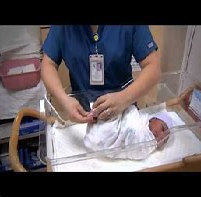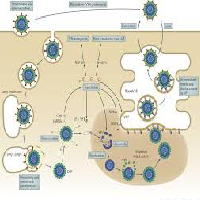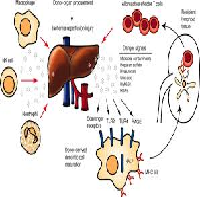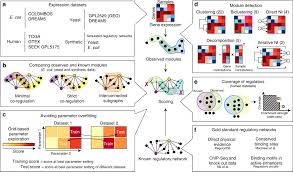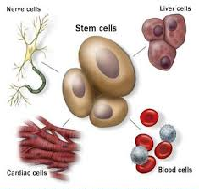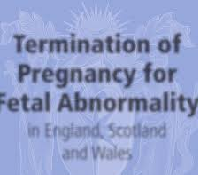Argumentative Brief Essay on Reflexology Essay question is if the notion of reflexology is real or not.
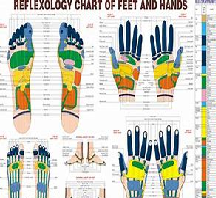
It is a ARGUMENTATIVE essay briefly describing the topic, comparing evidence put forward by each side of belief and conclude with justified reasons. Argumentative Brief Essay on Reflexology
The essay will be judged on ability to critically analyze the topic, specifically stating claims made by people who believe in reflexology (and list reasons/evidence for these claims) and then compare with evidence from those who do not believe in the Argumentative Brief Essay on Reflexology topic.
Argumentative Brief Essay on Reflexology Marking Criteria
The essay is NOT marked on ability to describe the topic, but rather how the essay can provide both sides of a case and then judge which is strongest. Essay Argumentative Brief Essay on Reflexology question is if the notion of reflexology is real or not.
It is a ARGUMENTATIVE essay briefly describing the topic, comparing evidence put forward by each side of belief and conclude with justified reasons. Argumentative Brief Essay on Reflexology
The essay will be judged on ability to critically analyze the topic, specifically stating claims made by people who believe in reflexology (and list reasons/evidence for these claims) and then compare with evidence from those who do not believe in the topic.
The essay is NOT marked on ability to describe the topic, but rather how the essay can provide both sides of a case and then judge which is strongest. Essay question is if the notion of reflexology is real or not.
It is a ARGUMENTATIVE essay briefly describing the topic, comparing evidence put forward by each side of belief and conclude with justified reasons.
Analyzing Claims from People on Argumentative Brief Essay on Reflexology
The essay will be judged on ability to critically analyze the topic, specifically stating claims made by people who believe in reflexology (and list reasons/evidence for these claims) and then compare with evidence from those who do not believe in the topic.
The essay is NOT marked on ability to describe the topic, but rather how the essay can provide both sides of a case and then judge which is strongest.




